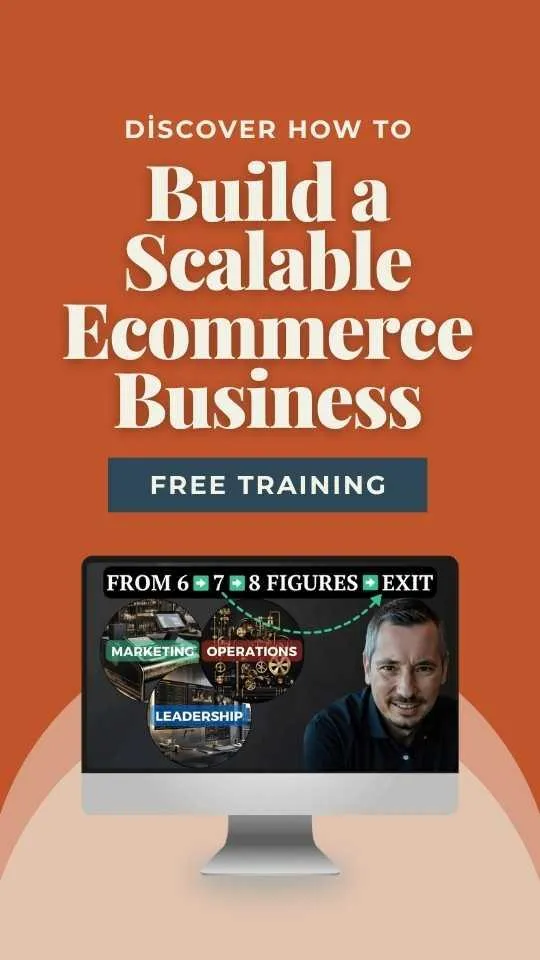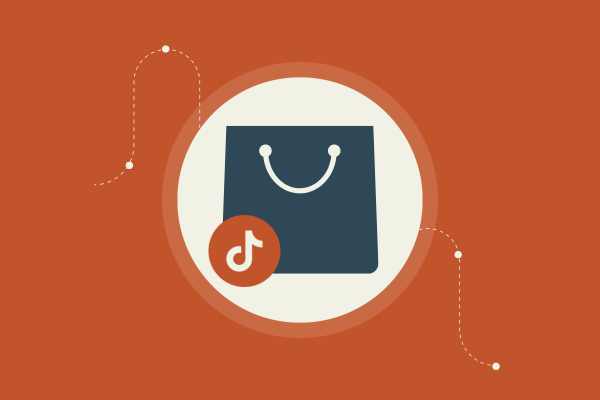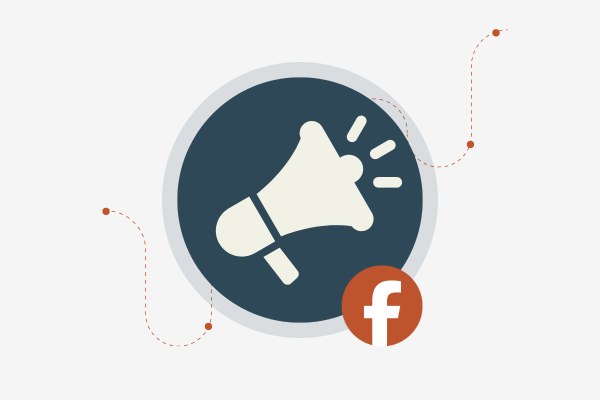CapEx vs. OpEx: Quick Guide for eCommerce Growth
When you're gearing up to scale your eCommerce business, there's a lot to think about. One crucial aspect is understanding the differences between Capital Expenditure (CapEx) and Operational Expenditure (OpEx).
For scaling, you need to know when to invest in assets (CapEx) versus managing daily expenses (OpEx). This knowledge helps you allocate resources wisely for both growth and sustainability.
CapEx involves spending on long-term assets like new technology or equipment. These are essential for growth, but they tie up money over time. On the other hand, OpEx covers the ongoing costs to keep your operations running smoothly, like salaries and marketing.
By grasping these concepts, you can make more informed decisions about where to allocate your dollars.
Understanding CapEx and OpEx isn't just about smart spending. It's about aligning these expenditures with your business goals for maximum impact. As you scale, consider how these financial decisions shape the future of your eCommerce ventures.
Key Takeaways
Know when to invest in assets versus manage daily expenses.
Align spending with business goals for maximum impact.
Smart financial planning aids sustainable growth.
Understanding the Basics
Scaling your eCommerce business involves smart financial moves. You'll deal with Capital Expenditures (CapEx) for long-term gains and Operating Expenses (OpEx) for day-to-day operations. Let’s break it all down simply.
What Are Capital Expenditures (CapEx)?
CapEx is about investing in what keeps your business strong down the line. Think of buying new equipment or upgrading your software. You're basically putting money into assets that will help your business grow.
CapEx shows up on financial statements as long-term investments. They impact not just your current budget but future cash flow.
Picture this: you invest in a new warehouse. It's pricey upfront but boosts sales for years.
You're not just spending money. You're building your business's foundation with every dollar. CapEx is about creating new opportunities and ensuring your ROI over time. These are the big spends that keep your eCommerce operations moving forward.
The Lowdown on Operating Expenses (OpEx)
OpEx is all about keeping the lights on every day. This includes rent, salaries, and utility bills—basically, your daily grind costs.
Unlike CapEx, OpEx hits your books as current period costs. It’s like paying for your groceries; these expenses are necessary to keep things running smoothly. OpEx directly affects your cash flow, but it's easier to manage week-by-week.
Streamlining your OpEx can boost your profits because these are recurring expenses. Track them wisely. The goal? Spend enough to maintain quality, but not so much that you're cutting into your bottom line.
Focus on smarter spending here. It’s the routine yet crucial part of your financial strategy.
Analyzing CapEx
You want to grow your eCommerce business, right? Understanding CapEx is crucial. It’s all about investment in long-term assets like property and equipment. This will affect your balance sheet and how you manage depreciation over time.
Types of Capital Expenditures
Capital expenditures (CapEx) are costs that help you build your business. They're not about day-to-day operations. Think purchasing machinery or upgrading facilities. If you're an eCommerce entrepreneur, it might be investing in a new warehouse.
CapEx usually involves significant spending. We're talking about acquiring tangible assets like property and equipment. These are fixed assets you don’t consume quickly. They enhance your business capabilities.
These investments often have a long useful life. That's why you wouldn't make them lightly. It’s about playing the long game, building infrastructure that supports future growth. So, consider this when planning your scaling strategy.
The Impact of CapEx on Balance Sheet
CapEx has a massive impact on your finances. On the balance sheet, these are assets. They don’t show up as regular expenses. Instead, they boost your company’s value.
As you acquire new assets, your balance sheet will reflect increased fixed assets. This shift can make your eCommerce business look more robust. More assets mean more potential.
But remember, assets also come with liabilities. Investments may require financing. So, understanding your asset-liability balance is key. That's how you avoid financial surprises and maintain healthy cash flow for operations.
Depreciating CapEx Over Time
Depreciation is a real thing. It’s the gradual reduction in value of your assets over time. So, if you bought equipment, expect it to lose value as it gets used.
This loss isn’t a bad thing. It gets recorded as depreciation on your financial statements. This can actually reduce your taxable income, as depreciation is a deductible expense.
You'll depreciate different assets at different rates. For instance, equipment might depreciate faster than property. Understanding depreciation helps you plan for asset replacement and keep your operations efficient. So, keep track of depreciation schedules and adjust your financial strategy accordingly.
Diving Into OpEx
OpEx, or operating expenses, keep the gears of your eCommerce business turning. They're all about the everyday costs that help you run the show smoothly without the hefty startup investments of CapEx.
Routine Operating Expenses Breakdown
Operating expenses are the usual suspects you deal with daily. Think of salaries for your team. You gotta pay them, right? It's cash flowing out regularly. Then there's rent. Whether it’s office space or a stockroom, it’s a constant outflow. Don't forget utilities like power and internet—without them, nothing runs.
Maintenance is another player in the game. Equipment breaks, websites crash. You need funds ready to fix things fast. It's these day-to-day costs that ensure smooth operations.
By keeping a close eye on these expenses, you can optimize your cash flow and identify where to cut costs or invest more for growth.
List these expenses like a boss. Use tools to track every single penny. When you know where your money’s going, you can make smart moves and grow big.
Operating Expense on the Income Statement
The income statement is your playbook, showing you where your dollars go. OpEx shows up here, subtracting from revenue to give you your net income. You’ll see all those salaries and utilities listed out. They’re the ongoing costs needed to keep your business humming.
Keeping your expenses in line can be a game changer. You’ll spot patterns and predict future costs. This helps you budget wisely, ensuring nothing unexpected sneaks up on you.
Margins are your lifeline. To beef them up, trim down unnecessary costs. Check your income statement regularly. Make sure your spending aligns with your growth goals, keeping your business on the right track. With the right focus on your income statement, those operating expenses won’t control you—you'll control them.
Financial Planning and Analysis
Mastering financial planning is key to scaling your eCommerce business. You'll need to get a solid grip on budgeting, forecasting, and tax optics. Each one plays a crucial role in how you allocate resources and sustain growth.
Budgeting for CapEx and OpEx
First off, budget smart. CapEx is all about long-term investments like equipment or software upgrades. These are your big-ticket buys. OpEx, on the other hand, covers daily operational expenses like salaries and utilities. Keep these two in line to support expansion.
Use a cash flow statement to track where money's going. You want more cash in than out, right? List your CapEx and OpEx separately. This helps you see what's essential versus what's extra.
Always have a buffer. Unexpected costs pop up, and having a cushion saves the day. Effective budgeting impacts your business's profitability. Manage these well, and you're halfway up the ladder.
Forecasting Future Expenses
Predicting expenses isn't just guessing; it's strategy. Look at past data to spot patterns. Have sales spiked during certain months? What expenses rose last year? This insight informs your forecasts.
Build different scenarios. What if you need more inventory because demand doubled? Or a new competitor enters? Think ahead. Accurate forecasting prepares you for whatever comes next.
Forecasting also helps with resource allocation. Know where to cut back if needed. Keeping forecasts realistic is key. Overestimate expenses, underestimate revenues. Better to be surprised by extra cash than a shortage.
Tax Considerations and Benefits
Don't forget the tax benefits. CapEx often comes with tax deductions. You can write off assets over time, which helps your bottom line. That's money saved.
OpEx also has its perks. Regular operational costs are usually deductible the year they're incurred. Understand these benefits to maximize savings.
Consult a tax professional. They know the ins and outs of the tax code and how it relates to CapEx and OpEx. Stay compliant and keep more in your pocket.
Incorporate these strategies into your financial plan to optimize growth and efficiency. They're tools in your scaling toolkit.
Strategic Impacts on Business
When you're running an eCommerce business, knowing where to spend your money can change everything. CapEx and OpEx aren't just fancy terms; they're strategies that can drive growth and keep operations smooth.
CapEx for Growth and Expansion
Capital Expenditure (CapEx) is like putting your money on the fast track to growth. You're investing in stuff that'll last—a new warehouse, cutting-edge software, or top-notch machinery. These are big-ticket items that can take your business to the next level.
Think about your long-term growth. Investing in the right infrastructure sets you up for success. By allocating funds towards CapEx, you're not just expanding physically but also bolstering your market position.
It’s about creating a foundation sturdy enough to withstand market changes and support bigger sales volumes.
CapEx lets you future-proof your eCommerce business. It's your ticket to scaling up. When you make strategic investments, you're preparing for an increase in demand.
It's all about growing wisely and sustainably. If you focus your CapEx on core business drivers, you're likely to reap benefits for years.
Leveraging OpEx for Operational Efficiency
Operational Expenditure (OpEx) is your secret weapon for keeping things running smoothly. It covers the ongoing costs of doing business. We're talking about utilities, rent, salaries—those essentials that keep the engine running efficiently.
With OpEx, you're ensuring that daily operations are seamless. There's no flash or surprise here, just solid day-to-day management.
The goal? Operational efficiency. When you manage OpEx well, you free up resources to focus on strategic planning and business growth without skipping a beat.
Embracing OpEx means prioritizing the day-in, day-out needs of your team. This keeps your business agile and responsive.
It’s all about staying flexible and adaptive to changes. Invest smartly in OpEx, and you’ll maintain a level of stability and reliability that customers will trust and value.
Advanced Concepts in CapEx and OpEx
Understanding the role of CapEx and OpEx can transform how you scale your eCommerce business. In particular, the rise of SaaS and cloud-based services are key factors changing how businesses approach spending decisions.
The SaaS and Subscription Business Model Shift
SaaS is changing the game. Subscription models are agile, letting you scale up without huge upfront costs. Instead of pouring money into licenses as CapEx, you spread costs over time as OpEx. This frees up cash for marketing and growth.
SaaS can also provide updates and support without additional charges. Imagine your software being constantly updated without the headache of new licenses.
With software as a service, you’re always in the fast lane.
You don’t own the software but you don’t need to. Flexibility helps you adapt swiftly to market changes.
It’s like having a tool that never gets outdated. This OpEx shift means your focus stays on strategy and sales rather than managing assets.
CapEx vs. OpEx in IT and Cloud Services
IT expenses can be daunting, but not with the cloud. Here’s the magic: cloud services turn what would be a massive CapEx into manageable OpEx.
You’re not buying servers; you’re renting them. IaaS or PaaS lets you pay for what you use. No more, no less.
Think of it like a utility bill. You only pay for what you consume.
This means smaller, predictable expenses that align with your revenue flow. IT OpEx scales with your business. Need more space? Just scale up without massive investment.
Cloud services also bring agility. You can experiment, innovate, and pivot quickly. Flexibility and control are in your hands.
Adapt your IT infrastructure to fit your needs. Pay as you grow, and keep pace with demand.
Choosing OpEx for Flexibility and Agility
OpEx is all about flexibility. Instead of buying, you pay regularly for what you need. This means direct cost reduction—pay only for what you use.
For eCommerce, where demand fluctuates, OpEx offers agility. It allows you to quickly adapt to changes without heavy upfront costs.
With OpEx, you don't need to worry about maintaining owned assets. Your provider handles this, letting you focus on growth.
If you're unsure about long-term needs or if rapid changes are expected, OpEx minimizes risk. Monthly fees might sound limiting, but they ensure your business stays agile and competitive.
CapEx vs. OpEx for Entrepreneurs
Entrepreneurs often have to choose between CapEx and OpEx. The choice can hinge on cash flow and growth goals.
CapEx is an investment in the future. It gives control and stability, provided you have sufficient capital.
In contrast, OpEx is ideal when your priority is rapid scalability and cost control. It's easier to budget and keeps cash flow smooth. Entrepreneurs needing immediate flexibility often lean towards OpEx to keep operations lean and adaptable.
Choosing wisely depends on your growth trajectory. If unpredictable demands stress your resources, OpEx might be the ticket. If fixed costs fit your strategy, CapEx can lock in long-term gains.







